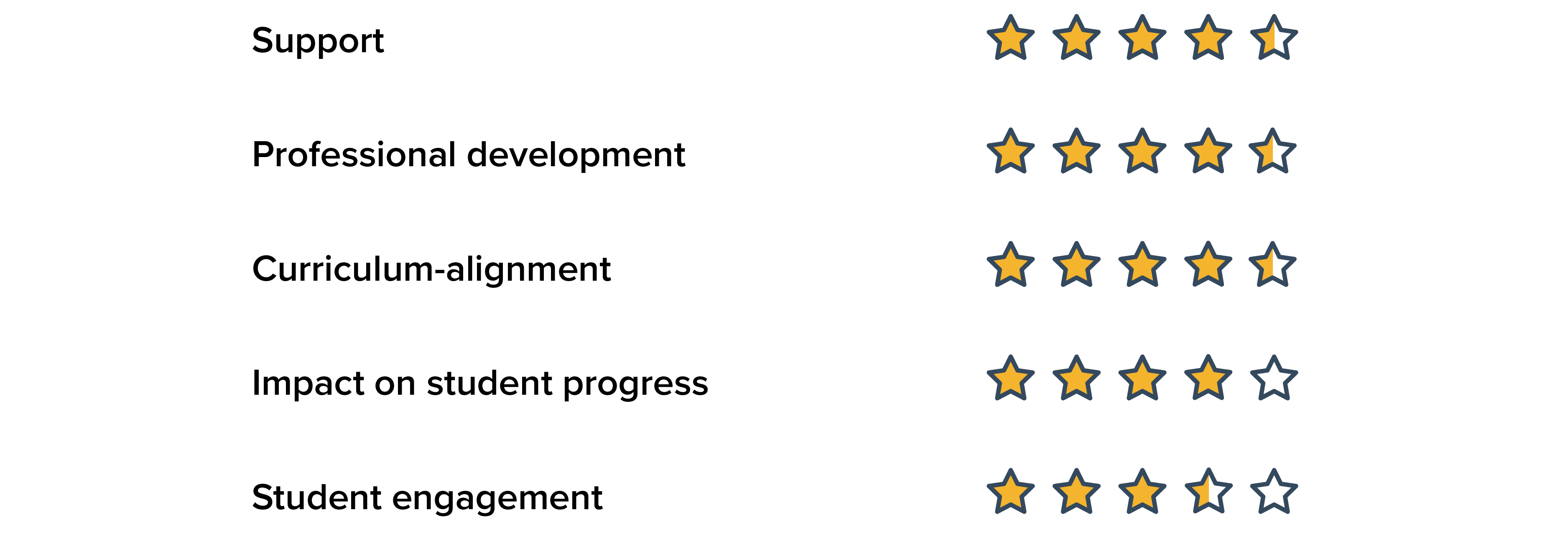How Mathspace has helped to improve student confidence at Sacred Heart College

Initially, students were against Mathspace because of the online nature. But now students really value the support within Mathspace. It has helped many students to become independent learners and extra hands in the classroom.
Jamie Walker
Math Teacher and Year 7 Leader
Snapshot
School name: Sacred Heart College, Kyneton
School sector: Non-government
School grades using Mathspace: Years 7 to 10
Device type: Laptop
Device policy: BYOD
Primary or supplementary resource: Primary resource
Key Mathspace features used:

Approach to education: Giving students the resources and skills to encourage independent learning
Overview
Sacred Heart College, Kyneton is a co-educational Catholic Secondary School located in Melbourne, Victoria. One of the College’s core educational values is courage. To achieve this, Sacred Heart focuses on fostering learning environments that build students’ personal efficacy, resilience and confidence.
Sacred Heart has been using Mathspace since 2015. “We wanted to try something that would enable our teachers to spend more time assisting struggling students, whilst also allowing students at the top end to be extended,” says Year 7 Leader and Math Teacher, Jamie Walker.
Setting custom tasks for students to explore in class
Jamie Walker explains that he often pre-prepares custom tasks ahead of a classroom lesson. When creating custom tasks, Jamie has the ability to select the exact questions that he wants students to work through.
Often I will create new custom tasks according to what we’re working on in class. I also sometimes recall tasks that were developed in previous years.
I can access these via the ‘shared tasks’ feature which lets the teachers of Sacred Heart share tasks with one another.
When Jamie starts the lesson, he explains the concept or area of study to students and then asks them to work on the Mathspace task during class. He encourages collaboration and knowledge sharing in this time.
I find that this keeps the students interested and interacting in a collaborative way in a group setting. They discuss the questions with one another, and often the students help one another.
Encouraging independent learning
Jamie says he’s seen first-hand the impact of Mathspace on students’ confidence and independence.
Initially students were against Mathspace because of the online nature. But now students really value the support within Mathspace.
Jamie says that Mathspace helps him to instil the school’s policy of “ask 3 before me” in the math classroom. Many of his students use Mathspace’s videos and hints for extra support when solving questions.
Using data to differentiate
Jamie says that one of the big benefits of Mathspace for teachers is the data. He says that the data has helped him to better differentiate his students within a classroom.
After he sets a custom task in class, he’ll review each student’s progress from the Mathspace data dashboard. This helps him to identify knowledge gaps at a class level, as well as for individual students. He then uses these insights to shape the next classroom lesson.
Mathspace has expanded my ‘toolbox’ and allowed me to be more aware of individual student needs.
Once he has the data on how students are performing, Jamie will determine which students are struggling and which students are excelling. He then might assign another custom task for struggling students.
I can look at the types of problems they struggle with (which are generally worded problems). I then will create a new task with similar questions, and assign this as a quiz at the start of the next lesson. This is a great way to discuss and review knowledge.
For students that are excelling, he will often assign an adaptive task to deepen their understanding.

Verdict

